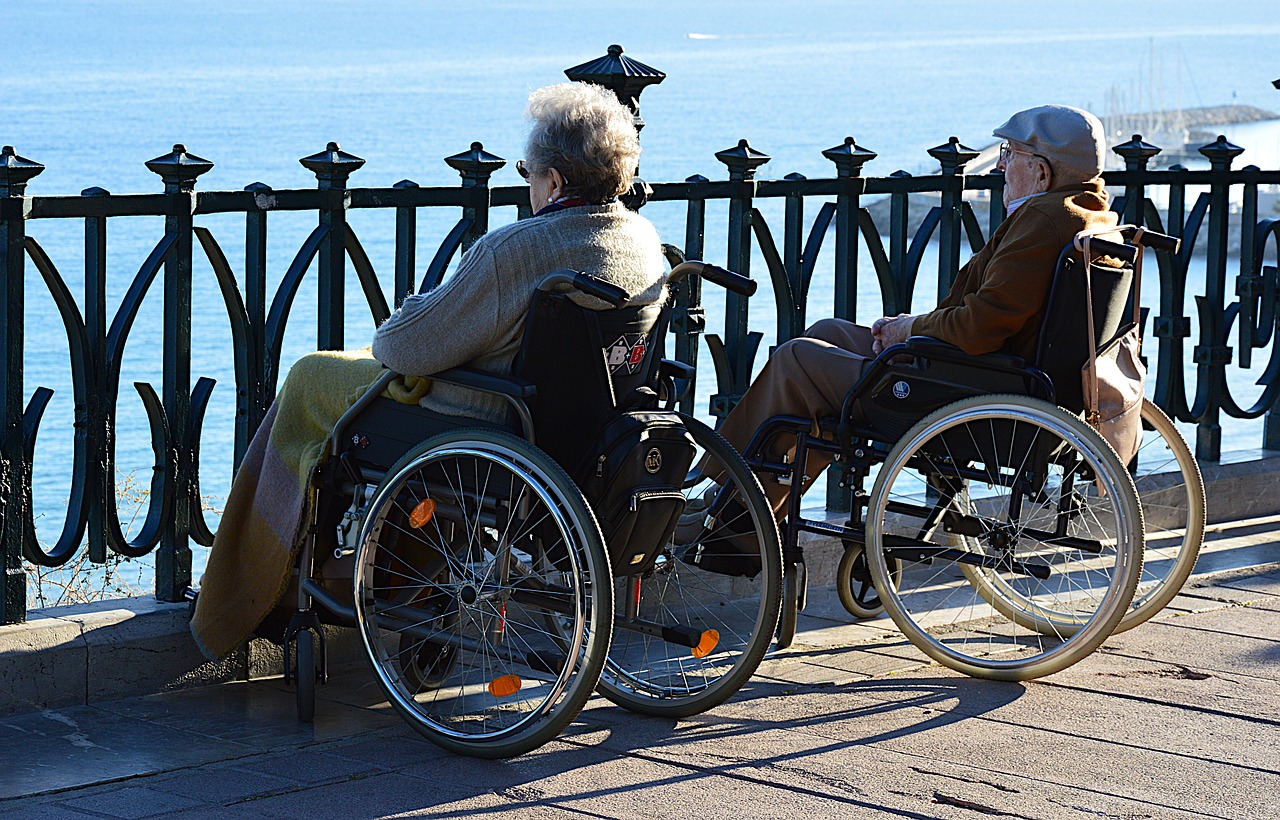Leukemia, a type of blood cancer affecting the production and function of blood cells, is a condition that can significantly impact a person’s lifespan and quality of life. For senior citizens diagnosed with leukemia, the decision to opt for treatment can be daunting, especially considering potential side effects and the impact of treatments on their day-to-day life. This raises a crucial question: how long can an elderly person live with leukemia without treatment?
Understanding this scenario demands a thoughtful examination of various factors such as the type and stage of leukemia, overall health, and the emotional and physical resilience of the individual. In this article, we aim to shed light on these considerations, while nurturing an optimistic outlook for those navigating such challenging times.

The Nature of Leukemia in Seniors
Leukemia affects white blood cells and often presents differently in older adults. It’s crucial to understand that the progression of leukemia in seniors can vary greatly, influenced by pre-existing health conditions and the individual’s biological age as compared to their chronological age.
Types of Leukemia Common in Elderly
Common forms of leukemia in the elderly include Chronic Lymphocytic Leukemia (CLL), Acute Myeloid Leukemia (AML), and Chronic Myeloid Leukemia (CML). Each type has a distinct progression pattern and therefore impacts life expectancy differently without treatment.
Chronic Lymphocytic Leukemia (CLL)
CLL typically progresses slowly, allowing some individuals to live under ‘watchful waiting’ or ‘observation mode’ without immediate therapy. For many, this approach can result in maintaining a reasonable quality of life for years.
Factors Influencing Life Expectancy Without Treatment
Several factors play into how long a person with leukemia without treatment might live. These include:
- Age and General Health: Younger seniors with better overall health may often fare better.
- Type and Stage of Leukemia: Early-stage leukemia can often mean a longer lifespan without treatment.
- Access to Supportive Care: Services like hospice or palliative care can extend life expectancy and improve quality of life.
- Quality of Life Preferences: Some seniors might choose quality over quantity, opting for a life lived fully rather than more prolonged years of aggressive treatment.
Emotional and Psychological Aspects
The emotional and mental readiness of a senior to handle a cancer diagnosis plays a crucial role. It is essential to provide robust support systems and explore professional counseling if it helps in improving their mental well-being. For those contemplating end-of-life care options, resources like better home care can offer valuable insights into managing daily tasks and emotional support.
Living with Leukemia Without Treatment
Choosing to live with leukemia without treatment can be daunting, but it’s essential to remember that opting for a ‘supportive care’ or ‘palliative approach’ can focus on maintaining comfort and quality of life.
Supportive Care Strategies
Supportive care can encompass a range of services, from managing symptoms and side effects to providing psychological and emotional support. Tools like a back massager can aid in maintaining physical relief, while a personal alert system can ensure safety during emergencies.
Monitoring Health and Well-being
Even without treatment, regular check-ups and close monitoring can help manage health efficiently. It helps in early detection of any aggravation and provides an opportunity to shift strategies as needed. Furthermore, leveraging devices like a grabber tool can make daily activities more manageable, enhancing independence and well-being.
Managing Side Effects Naturally
Natural remedies and holistic approaches can often support comfort without the side effects related to pharmacological treatment. Engaging in light physical activity, harnessing tools like a hand massager, and ensuring nutritional support can play pivotal roles in sustaining well-being.
Preparing for the Future
It’s vital to understand both legal and medical implications by discussing advance directives and other end-of-life care choices with family members and healthcare professionals.
The Role of Family and Caregivers
Caregivers and family members play a pivotal role in providing not just physical support but emotional backing as well. You can read more about caregiver tips here.

FAQs
What are the early symptoms of leukemia in seniors?
Initial symptoms often include fatigue, frequent infections, and unusual bruising or bleeding. Monitoring these can help in early diagnosis.
Is it true some seniors live many years without any treatment?
Yes, particularly with Chronic Lymphocytic Leukemia (CLL), where watchful waiting is sometimes adopted, allowing seniors to live for several years.
How can lifestyle changes help in managing leukemia without treatment?
A balanced diet, light exercise, and supportive care positively impact quality of life and can aid in symptom management.
Facing leukemia without treatment is undeniably challenging, yet a strategic and supportive approach can help senior individuals live fulfilling lives tailored to their personal needs and preferences. Understanding, preparation, and support can indeed make a difference.
This article contains affiliate links. We may earn a commission at no extra cost to you.

